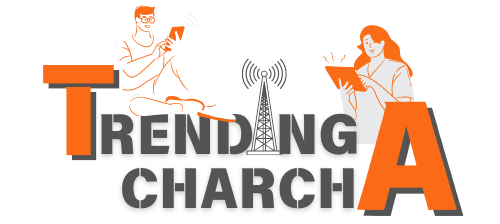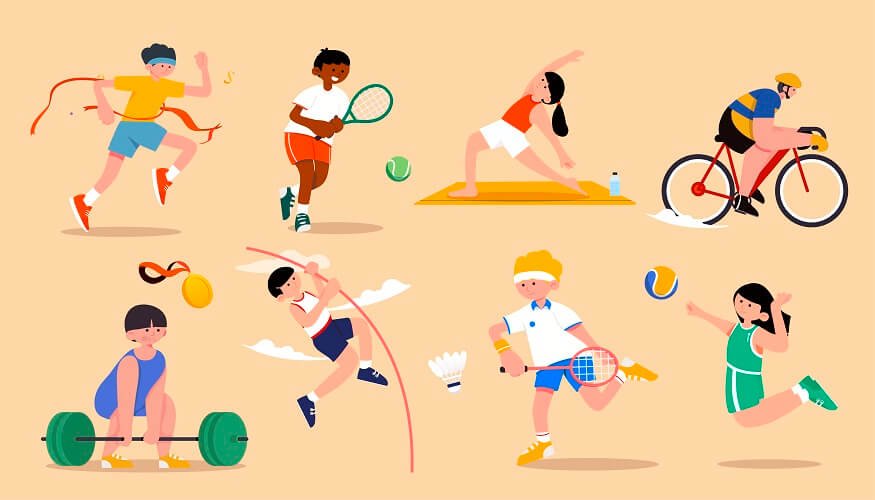In an age dominated by technology and sedentary lifestyles, physical education (PE) has emerged as a crucial component of the educational curriculum. With growing concerns about childhood obesity, mental health issues, and the overall well-being of students, schools across India are recognizing the significance of physical education in promoting a healthy lifestyle and enhancing academic performance.
What is Physical Education?
Physical education refers to a structured program of learning that aims to develop physical fitness, motor skills, and a sense of teamwork among students. It encompasses a wide range of activities, including sports, gymnastics, dance, and fitness training, tailored to enhance physical, social, and emotional well-being.
Benefits of Physical Education
- Physical Health: Engaging in regular physical activity helps combat obesity and related health issues, such as diabetes and heart disease. PE classes provide students with the opportunity to develop their physical fitness, strength, and endurance.
- Mental Well-being: Numerous studies highlight the positive effects of physical activity on mental health. Regular exercise can reduce symptoms of anxiety and depression, improve mood, and enhance cognitive functions, leading to better focus and concentration in the classroom.
- Social Skills Development: Physical education promotes teamwork, leadership, and communication skills. Participating in team sports helps students learn to collaborate with others, resolve conflicts, and build strong interpersonal relationships.
- Academic Improvement: Research indicates that students who participate in regular physical activity tend to perform better academically. Physical education can enhance concentration, memory, and classroom behavior, making it an essential part of a well-rounded education.
- Lifelong Healthy Habits: By instilling the value of physical fitness early on, schools can help students develop lifelong healthy habits. Exposure to various sports and activities encourages students to remain active beyond their school years.
Challenges Facing Physical Education
Despite its benefits, physical education often faces several challenges within the educational system:
- Curriculum Prioritization: Many schools prioritize academic subjects over physical education, resulting in reduced PE class hours. This can limit students’ access to vital physical activity during the school day.
- Resource Limitations: Budget constraints can hinder the availability of quality sports facilities, equipment, and trained instructors, which can negatively impact the effectiveness of PE programs.
- Cultural Attitudes: In some regions, there may be cultural stigma surrounding certain sports or physical activities, discouraging student participation and engagement in physical education.
The Way Forward
To address these challenges, educators, policymakers, and parents must work collaboratively to advocate for the importance of physical education. Initiatives could include:
- Enhanced Funding: Increasing budget allocations for physical education programs to ensure access to quality facilities, equipment, and professional training for instructors.
- Awareness Campaigns: Promoting the benefits of physical education through awareness campaigns can help shift cultural perceptions and encourage greater participation among students.
- Integration of Technology: Utilizing technology, such as fitness apps and online training programs, can complement traditional physical education and engage tech-savvy students.
Conclusion
Physical education plays a vital role in nurturing well-rounded individuals who are physically fit, mentally healthy, and socially adept. As schools continue to evolve in response to the changing educational landscape, prioritizing physical education can lead to numerous benefits for students, both in their academic pursuits and personal lives. Investing in the future of physical education is an investment in the holistic development of children, shaping healthier generations to come.
Disclaimer: The information provided in this article is for informational purposes only and does not constitute professional advice.

